From passion for photography
By chance, we met Pham Cong Thang, and our conversation quickly became open when he invited me to visit his "humble abode". He said: "Come visit my house (225A Dang Tien Dong, Hanoi ), please give me some advice". It was a bit startling because "inviting" me to visit my house and then saying "give me some advice" is a bit awkward. The awkwardness is not knowing what advice to give?
It was not until one afternoon when I visited Mr. Thang's house and was taken on a tour of his "personal museum" that I understood what he wanted. It was a surprising space with thousands of artifacts, mainly cameras, video cameras and photographic equipment. I asked in amazement: "You are a photographer so you collect cameras, right?" Pham Cong Thang nodded and then shook his head, a moment later he said: "The cameras that created those works are currently scattered in the families of reporters and artists across the country. If we know how to mobilize and concentrate them, they will become a valuable archive of documents, meaningful to the history of Vietnamese photography."
Born in 1953, enlisted in April 1975, young soldier Pham Cong Thang had not yet gone to B when the South was liberated and the country was unified. He said: "I regret not being able to join the army to enter Saigon, but every year on April 30, I still have the same feeling of excitement every time I hear the victory news read on the Voice of Vietnam radio station ." After 3 years working as a communications soldier in the 172nd Naval Regiment (later Brigade 172) stationed in Quang Ninh, soldier Pham Cong Thang left the army.
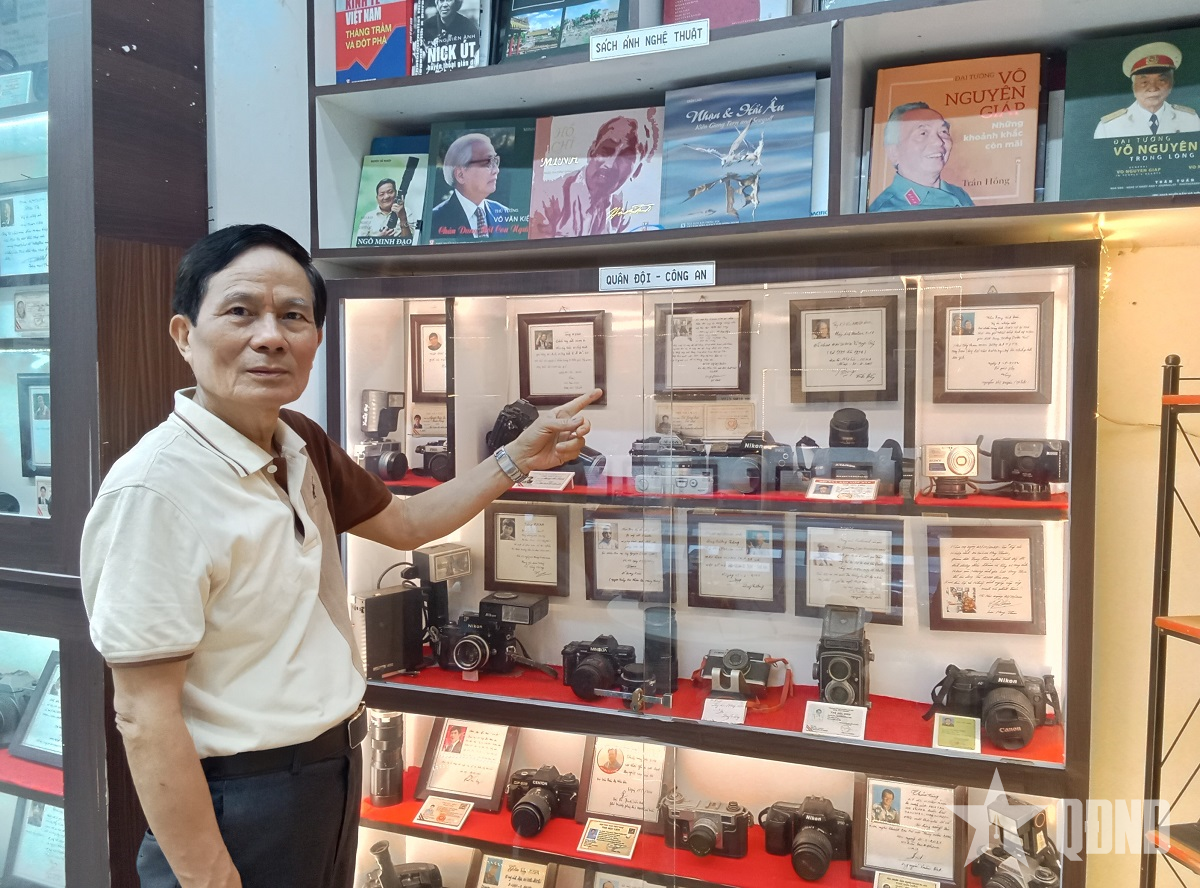 |
Journalist Pham Cong Thang in a corner of "Photographic Memory Space". |
Pham Cong Thang was born and raised in Thanh land, his father is from Hue, half of Thanh Hoa blood is enough for him to be proud of being a son of the homeland "Hello heroic Ma River". Perhaps that is why after leaving the army, Pham Cong Thang stuck with his work in his home province. He did many jobs to make a living before coming to journalism in 1987 - reporter of Thanh Hoa Culture and Information Newspaper (now the Culture & Life section of Thanh Hoa Newspaper), then reporter of Vietnam Aviation Magazine gave him many benefits. Firstly, it gave him a passion for stories about the land and people; secondly, it gave him the opportunity to get to know many people, including, as he said: "I got to know and get to know many journalists, especially journalists who used to be war correspondents". In particular, it gave him the opportunity to get involved in photography, become a photographer, travel to many places, take many photos that truly reflect the lives and work of people.
In fact, Pham Cong Thang came to photography quite early. In 1973, the young man attended a photography class at Thanh Hoa Primary School of Culture and Arts (now Thanh Hoa University of Culture, Sports and Tourism). He said: "Photography came to me as a destiny". Hearing him say that, I immediately agreed, because a photojournalist is the one who "records history" with light, it is realistic and quick.
Life and career stories of souvenirs
Looking at the cameras of all kinds and ages displayed by Mr. Pham Cong Thang in the glass cabinets, we can see how meticulous the owner is. There are cameras that have faded over the years, and are sometimes older than him and me; there are also new cameras and camcorders. I asked: "Did you collect the cameras and camcorders here?" He nodded and said: "I collect in a very good way, which is by receiving them from journalists themselves. Here are cameras of journalists such as: Ngo Minh Dao, Tran Tuan, Kim Son, Dinh Quang Thanh, Chu Chi Thanh, Xuan Lam of the Vietnam News Agency; Vu Dat, Tran Hong of the People's Army Newspaper; Bui Viet Hung of the Saigon Giai Phong Newspaper... In general, many domestic journalists".
Surprisingly, I asked further: “Why do journalists, especially veteran reporters and war reporters, give you these?” He shared: “Each souvenir here is associated with a separate story, the life story and career of journalists and photographers. It is also associated with a period of history, the marks of the times of our nation. The work I do is essentially that I do it for, on behalf of, the journalists. They trust me so they give it to me to keep for them and... That is how we have this “fortune”.
Mr. Thang's ambiguous "and..." statement also took me a while to understand: If those stories were left to each individual, they would be "kept" secret forever. Donating and displaying them in a museum is specialized, but if they are widely publicized, historical stories, life stories, stories of yesterday and today will be told, known and appreciated by everyone.
I stood silently in front of a glass cabinet and closed my eyes, listening to stories in my ears and in my mind. These seemingly “silent” artifacts were whispering, telling the story of which these artifacts were living and true witnesses. Mr. Pham Cong Thang pointed and said: “This is the Pratica camera that reporter Doan Tu Dien used at the Binh Dinh front during the years of fighting the Americans to save the country. Once, while following the soldiers to block the enemy, reporter Doan Tu Dien was thrown dozens of meters by the American bomb blast, the camera slipped from his hand and fell into a bomb crater full of water. Reporter Doan Tu Dien was quickly taken to the field military infirmary for emergency treatment. He regained consciousness and told the doctors and nurses about the camera drop. Fortunately, the soldiers found the right bomb crater full of water and retrieved the camera to return to reporter Doan Tu Dien. Later, he gave the camera to the memory space.”
Pointing to another camera, Mr. Thang said: “This camera followed reporter Hoang Nhu Thinh to all the battlefields in the South, to Laos and even to Cambodia. Reporter Hoang Nhu Thinh took many photos of our soldiers in combat. It is truly a witness to a just war, sir!”
“And this is the camera of reporter Vu Hong Hung who followed the formation of Division 7, Military Region 7. It is a Nikon F camera, quite old and a rare camera from the 1970s. Reporter Vu Hong Hung used this camera throughout the years 1977-1985 in the Cambodian battlefield. This camera “rolled around” with reporter Vu Hong Hung for 8 years and recorded many moments, reflecting the fight of Vietnamese volunteer soldiers to help the Cambodian people escape the genocide of the Khmer Rouge”.
I quickly asked: "Are there any older artifacts here?"
Mr. Thang pulled my hand and pointed to an old, worn-out artifact: “This is an 8mm Bell & Howell movie camera. This movie camera “came to Vietnam” from an American officer. In early 1945, this American officer parachuted into Tan Trao, Tuyen Quang. He brought this plastic movie camera with him. This movie camera was later used by comrade Viet Hung, Uncle Ho’s bodyguard, to film rare short films about the 1947 Autumn-Winter Campaign in Viet Bac and to record documents about the 1950 Border Campaign. The “life” of this movie camera is very exciting, it was once lost, once fell into the hands of a French judicial officer, then was recovered by our troops in a battle. It was mixed in with the spoils of war that our troops captured. Then it returned to comrade Viet Hung. On the occasion of the 100th anniversary of Uncle Ho’s birthday, comrade Viet Hung presented it to journalist Thanh Tung at the Voice of Vietnam Radio, comrade Viet Hung Hung told journalist Thanh Tung: “This is a very valuable artifact, related to the Vietnamese revolution. Please keep it carefully.” Then journalist Thanh Tung handed it over to journalist Pham Duy Hung. Mr. Hung presented “Photographic Memory Space”.
A happy and joyful afternoon came to journalist Pham Cong Thang, that was the afternoon of June 7, the Vietnam Records Organization (VietKings) recognized and awarded the record to "Photographic Memory Space" as "The space to preserve and display the collection of memorabilia and artifacts of the photography industry donated by individuals and organizations at home and abroad with the largest number in Vietnam". So after more than 4 years of operation, "Photographic Memory Space" has continuously developed in both quantity and quality. Humble in his speech when receiving the record, journalist Pham Cong Thang emotionally said: "This is the result of artistic labor, no matter how successful it is, it cannot be separated from the great contributions of many journalists and photographers at home and abroad who have joined hands to create this miracle!".
The exhibition space, though small, is full of stories that are both real and touching. Every day, journalist Pham Cong Thang still meticulously cleans, numbers, and digitally records each artifact, as he said, preserving it for future generations. I told him: "I really hope that this "Photographic Memory Space" will spread more widely to the public. For example, we can "contribute" this space to the Vietnam Journalism Museum to enrich the artifacts - witnesses of 100 years of revolutionary journalism, contributing to spreading and honoring the journalism profession."
Article and photos: NGUYEN TRONG VAN
* Readers are invited to visit the Writing Contest section "Simple but noble examples" to see related news and articles.
Source: https://www.qdnd.vn/phong-su-dieu-tra/cuoc-thi-nhung-tam-guong-binh-di-ma-cao-quy-lan-thu-16/luu-giu-kho-tu-lieu-quy-gia-ve-lich-su-nhiep-anh-viet-nam-833948



![[Photo] Parade to celebrate the 50th anniversary of Laos' National Day](/_next/image?url=https%3A%2F%2Fvphoto.vietnam.vn%2Fthumb%2F1200x675%2Fvietnam%2Fresource%2FIMAGE%2F2025%2F12%2F02%2F1764691918289_ndo_br_0-jpg.webp&w=3840&q=75)
![[Photo] Worshiping the Tuyet Son statue - a nearly 400-year-old treasure at Keo Pagoda](/_next/image?url=https%3A%2F%2Fvphoto.vietnam.vn%2Fthumb%2F1200x675%2Fvietnam%2Fresource%2FIMAGE%2F2025%2F12%2F02%2F1764679323086_ndo_br_tempimageomw0hi-4884-jpg.webp&w=3840&q=75)



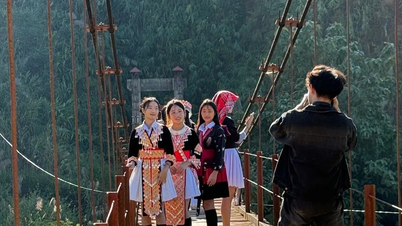

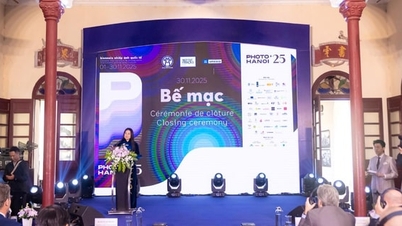

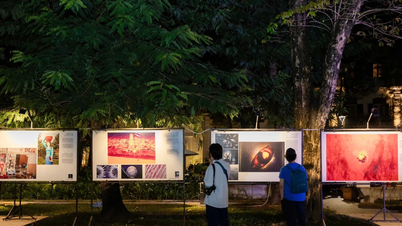


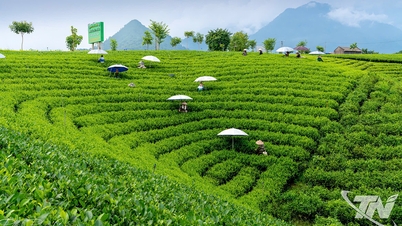

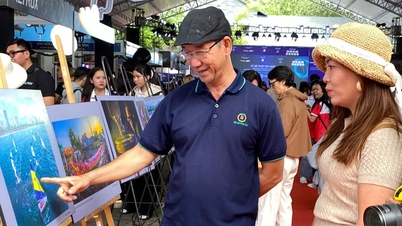

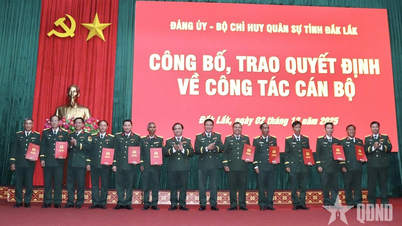
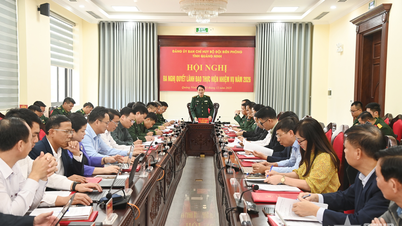
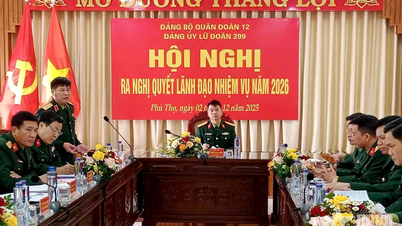
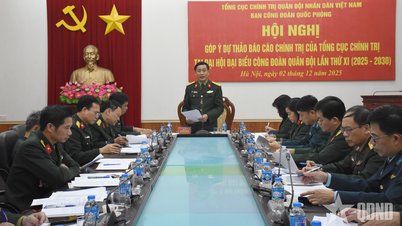
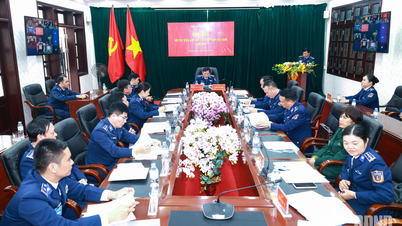
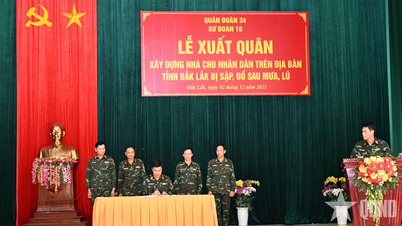



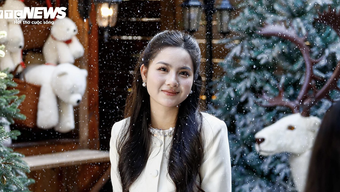
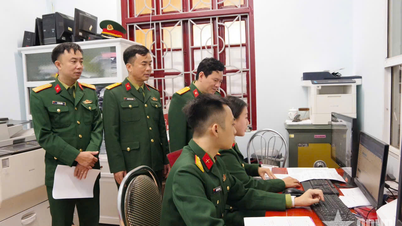

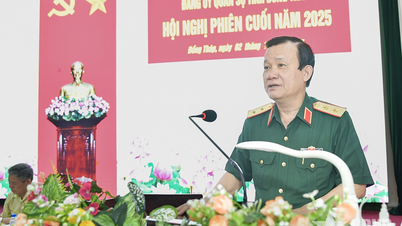
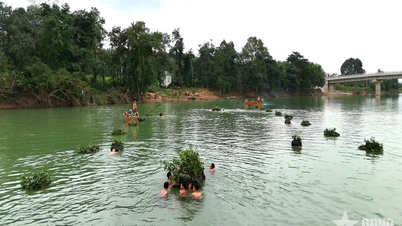
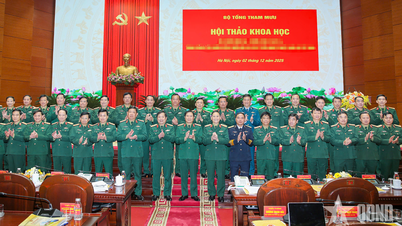
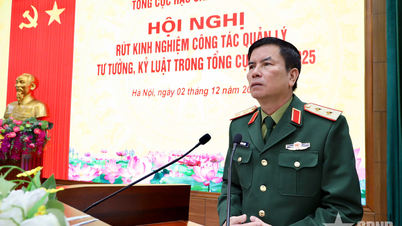
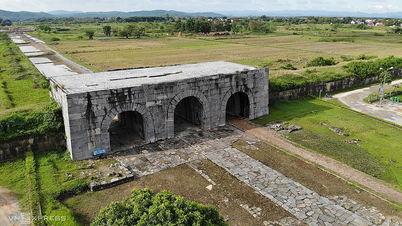





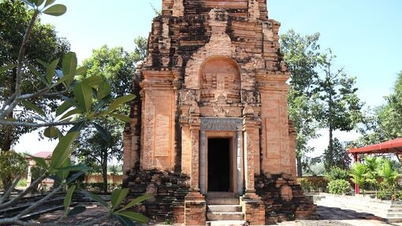

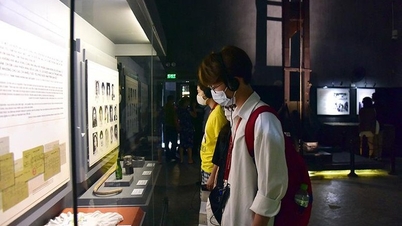
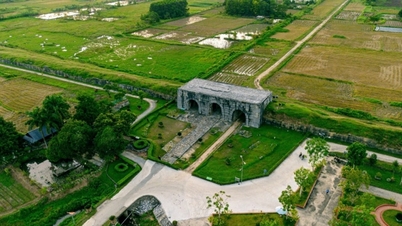

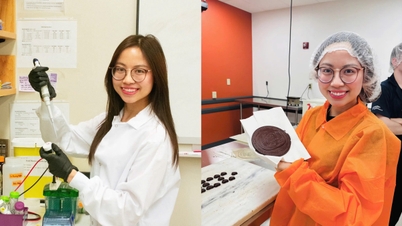

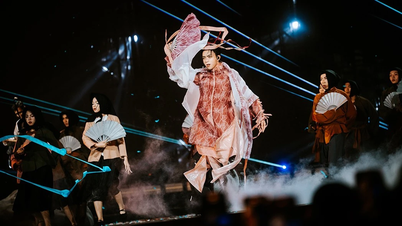

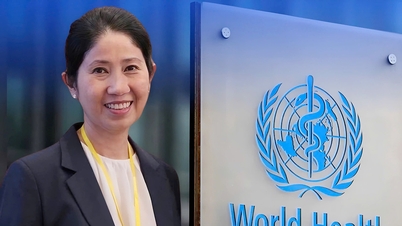


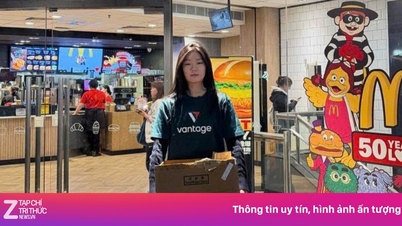

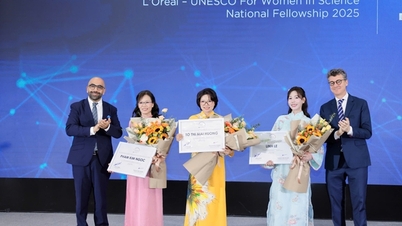


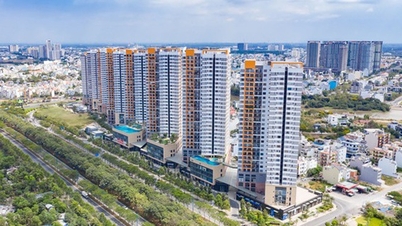




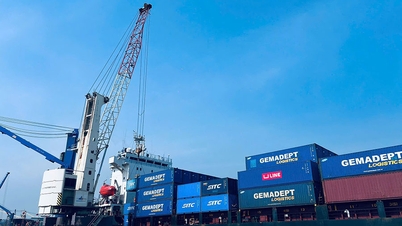

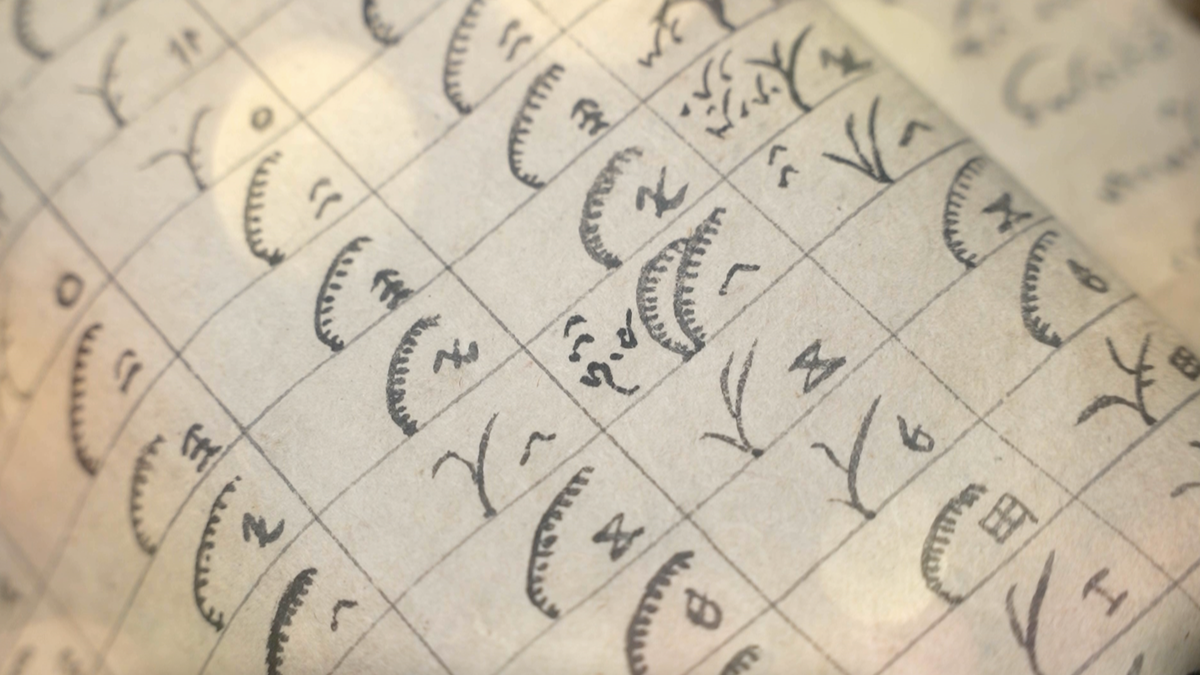




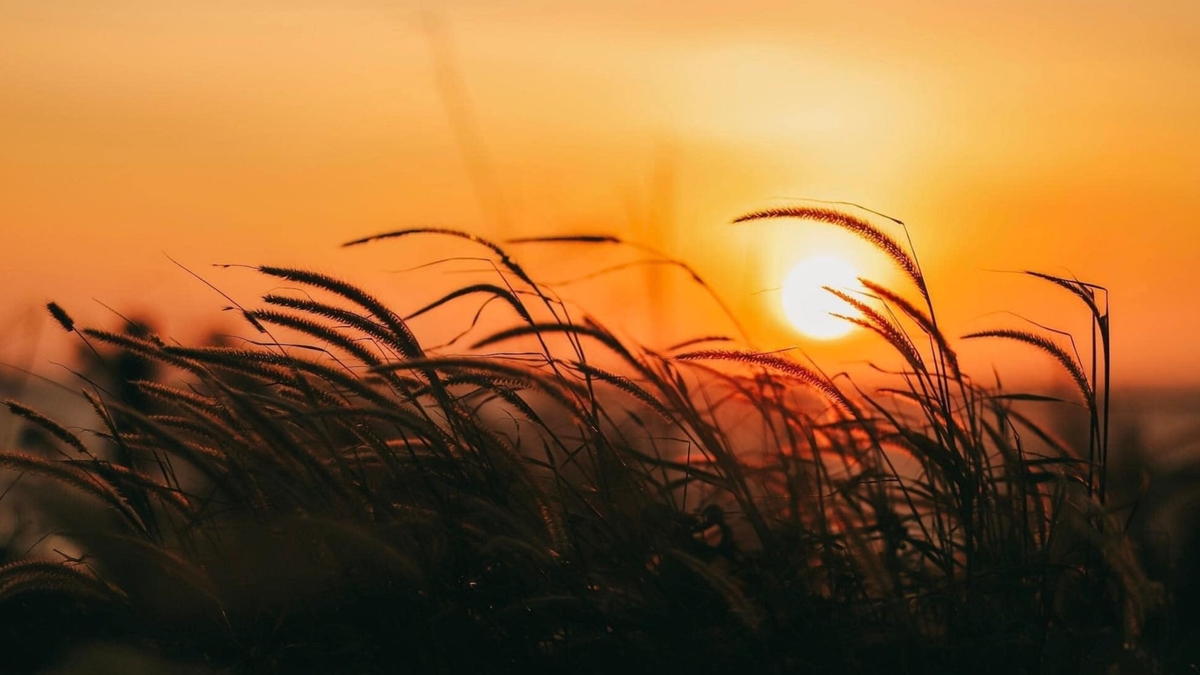
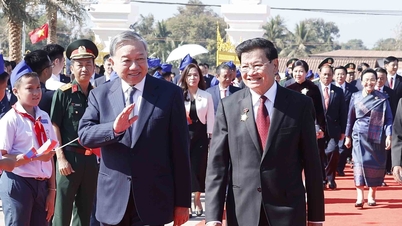
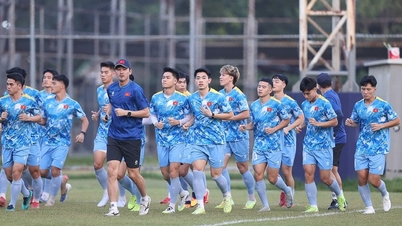



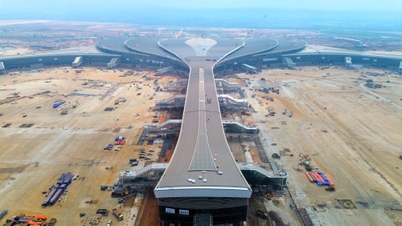

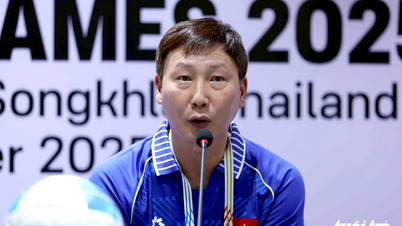
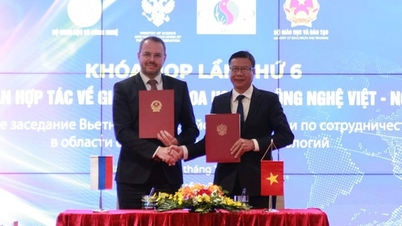


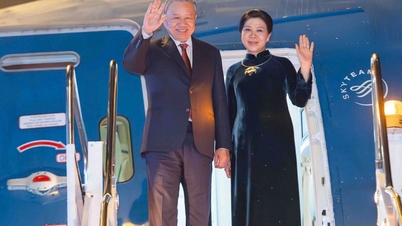

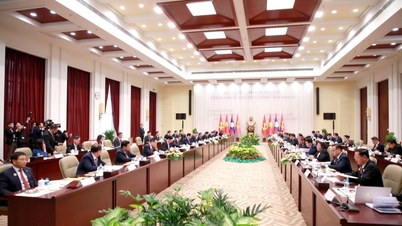

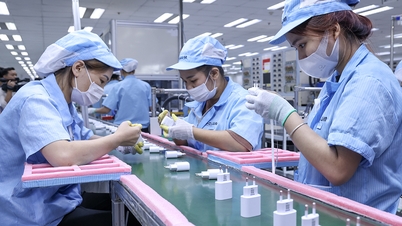



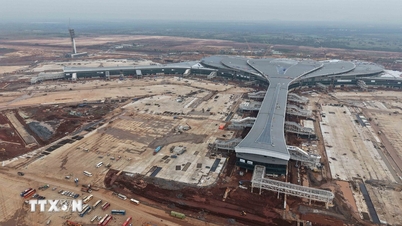


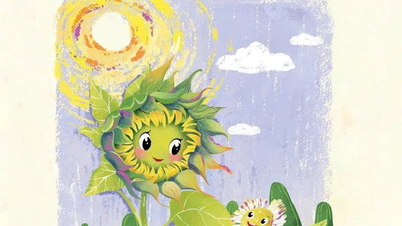

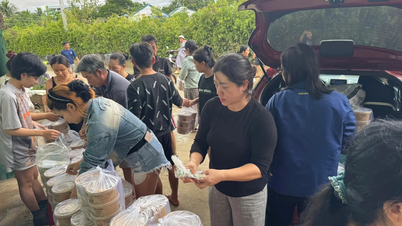





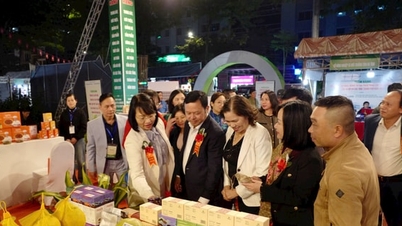
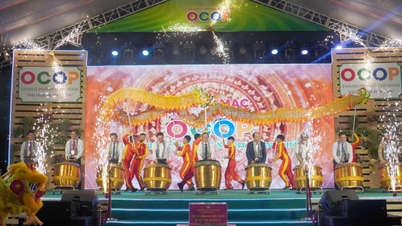


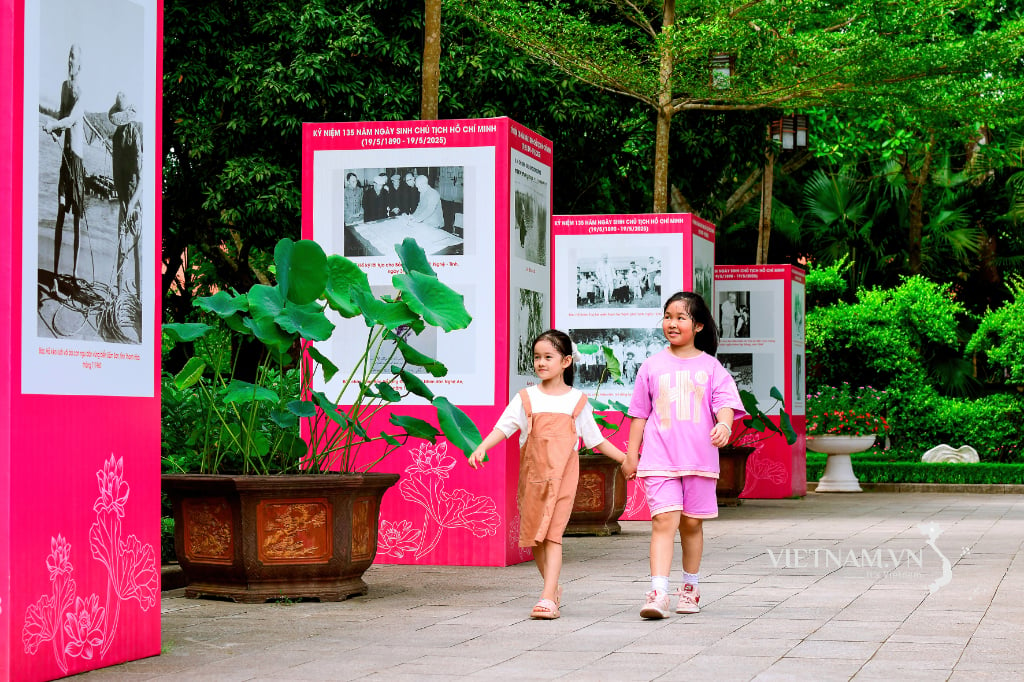


Comment (0)